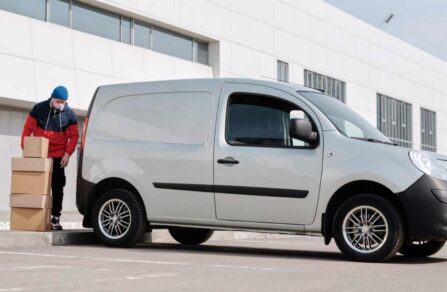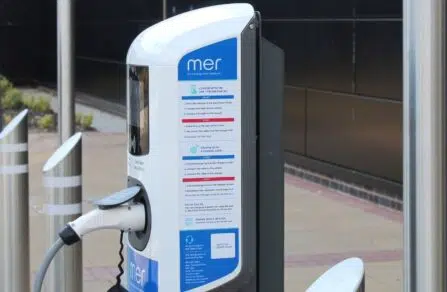
The Importance of Proper Planning in Electrifying Your Fleet Depot
Electrifying your fleet depot can bring plenty of benefits, but g...

No Fleet EV charging infrastructure solution is the same. Every commercial fleet has different needs depending on haulage needs, location, budgets, fleet sizes and many more factors. Therefore, there needs to be different models to support the scaling and growth of an EV fleet throughout its lifetime.
Traditionally EV fleet operators would pay a company to install the required EV chargers and other infrastructure, with the infrastructure being owned by the company outright once the handover is completed. However, for many companies this did not fit their transition plan for a variety of reasons.
Charging as a Service is when the Charge Point Operator (CPO) maintains overall ownership of the chargers and the company instead pays for the power usage. Often CaaS is accompanied by robust Service Level Agreements (SLAs) and 24/7 support.
Firstly, by utilising CaaS, companies can avoid the high upfront costs associated with purchasing, installing and maintaining the EV charging infrastructure. This means that fleets can focus on spending their CapEx on purchasing the EVs to populate their fleet.
CaaS also allows for greater scalability, due to the costs being distributed. This is perfect for pilot programs whereby for the duration of the trial, the fleet operator could use CaaS to understand the best EV depot locations, usage levels and other nuances while not having to worry about paying a large sum of money upfront.
For businesses and organisations with smaller fleets, CaaS enables them to transition their fleet to electric and as mentioned before, avoid up-front costs that might not be affordable for them. Large multi-depot fleets also benefit from CaaS as it allows them to expand and scale their operations depending on usage. By sidestepping the burden of operational infrastructure maintenance, large fleets can save on costs and time. Not only this but only having to budget for the more predictable usage costs means that financial forecasting is much easier.
Finally, a business or organisation might choose to utilise CaaS as an exercise in risk mitigation. Due to the ownership of the charging infrastructure sitting with the CPO, the risks are shared between the fleet owner and the CPO. The SLAs that are within a CaaS agreement robustly insulate the fleet operator from risk.
Obviously, for fleet operators who wish to maintain absolute ownership over their infrastructure, buying upfront is the best choice. But for everyone else, CaaS offers a compelling model to empower your own fleet transition.
For more information visit our depot charging page with e-guide to find out more about how Mer can help to implement the EV fleet charging infrastructure that is right for you.

Electrifying your fleet depot can bring plenty of benefits, but g...

The UK intends to ban the sale of all new ICE vehicles by 2030, a...

As with all infrastructure projects, it is vital that you get it ...